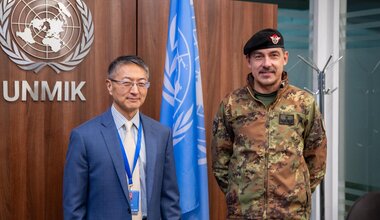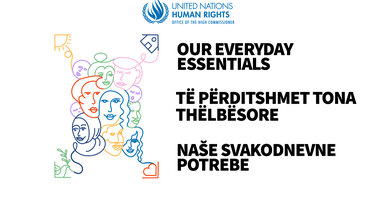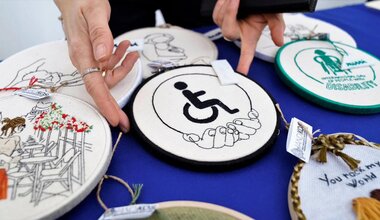What’s good for the corn is good for the community
In the rural heartland of Peja/Peć, a multi-community project in seven farming villages has found fertile ground to pull together.
In a wide green field, the type that has long been the lifeblood of the region, farmer Dardan Sejdiu ploughs the land to get it ready to plant crops of corn. The technology is a big boost for the farmers, but the tractor signifies much more than ease of ploughing; it is a symbol of unity amongst the Kosovo Albanians and Kosovo Serbs who live here.
As part of a project, funded by UNMIK through the Confidence Building Measures Programme, the different ethnic communities in Gorazhdec/Goraždevac, Kërstoc/Krstovac, Babiq/Babice, Orashë/Orasje, Vragoc/Vragovac, Poçestë/Pocešće, and Millanovc/Milovanac have been sharing a tractor and a corn harvester since 2014.
This has boosted both crop yields and cooperation.
The equipment is being used on around 50 hectares of land helping to yield around 225,000 kilograms of corn each year on the local market. There is even a social support scheme that will provide families in need with 50 kgs of corn through a support centre.
Head of the agricultural cooperative Islam Bekaj says about 500 people from the Kosovo Albanian, Kosovo Serb and Roma, Ashkali and Egyptian communities are benefiting from higher productivity, income and food.
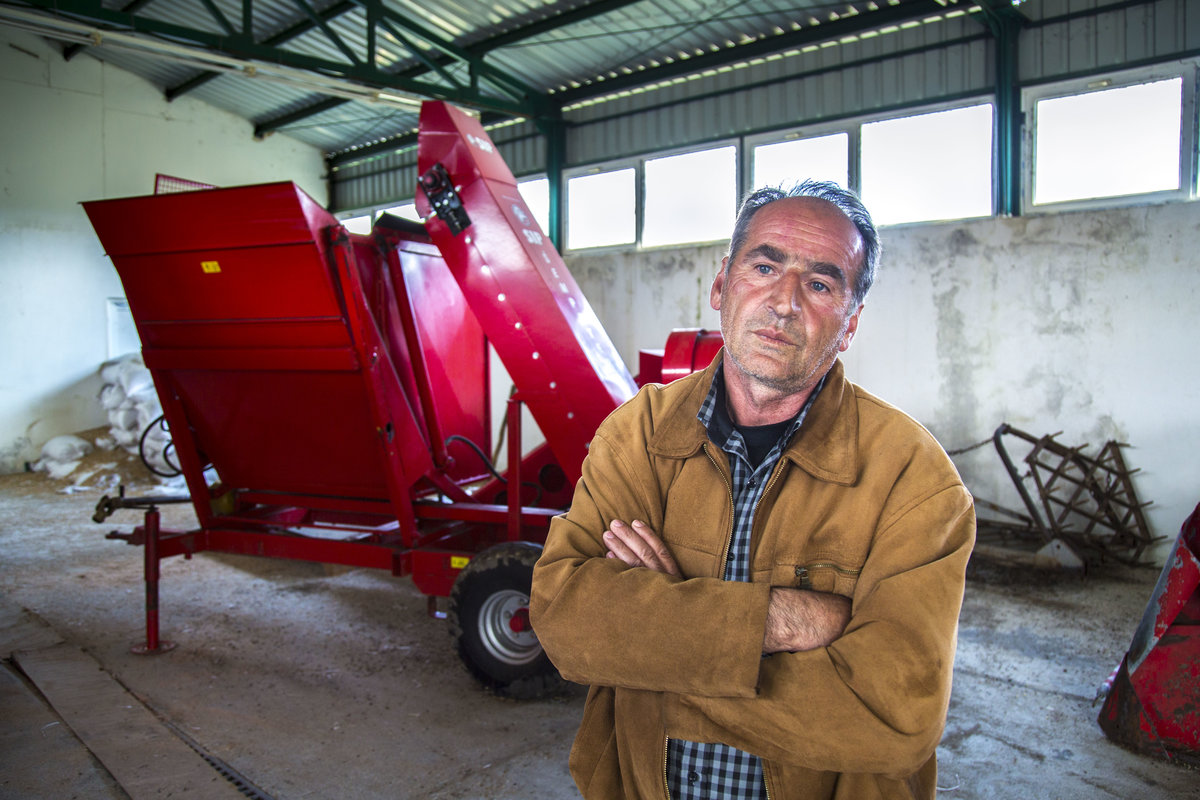
“We have noticed great changes. In the past, this work required a huge labor force, whereas now most farmers can work other jobs too, get paid and not focus only on farming. With the help of the new machinery, one person can now do a job that 20 or more people had to do in the past. So the advantage is that the rest are free, they can work other jobs, profit from elsewhere.”
This has a big impact on the wider community too, he says.
“I think this is the first time after the war that members of both communities contribute to a single project, and both communities have certain benefits.”
“I think this is the first time after the war that members of both communities contribute to a single project, and both communities have certain benefits.”
“Farmers now have more food. The jobs are secure…another advantage is that every piece of land is farmed. The land is used up to 80 percent, thanks to the equipment.”
The project is bringing greater harmony between communities, a vital step for the younger generation who do not have a shared language but must speak English to communicate with one another.
“If the project had not been implemented the communities could have remained isolated and it has helped the communities get closer to one another again.”
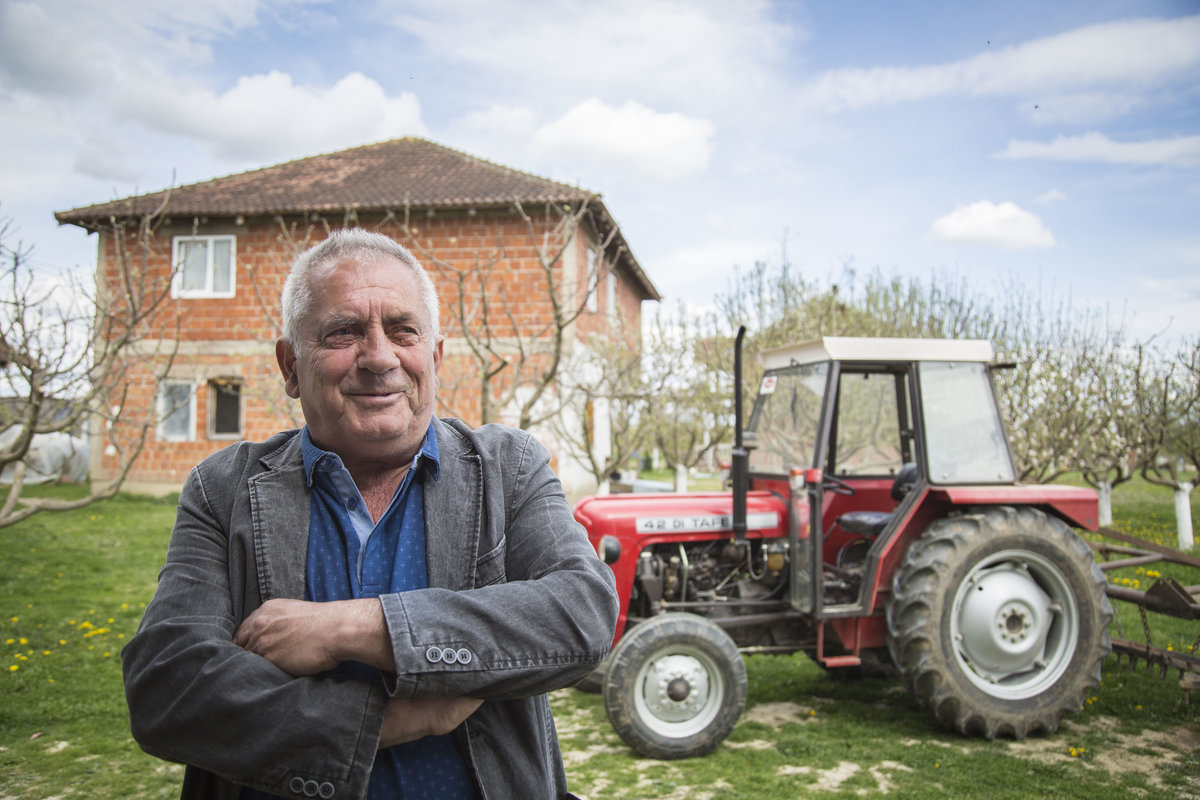
Slobodan Petrović, the head of the Municipal sub-Office for Communities and Return in Gorazhdec/Goraždevac, says there has been real improvement amongst the communities since the commencement of the project, which followed on from another project that began about a decade ago in a bid to help reintegrate Kosovo Serbs.
Members of different communities are comfortable seeking support from the other, he says.
“Not everybody is good in everything. Someone is a better welder, the other is a better mechanic. Different people can contribute in different fields.
Islam Sejdiu the head of the agricultural cooperative, says in one all-Kosovo Serb village a tractor mechanic provides his services to all communities, including RAE, Bosniaks, and Kosovo Albanians.
“This cooperation ceased only during the months of war, but continued afterwards. We have a lot to give to each other.
“I think this is the first time after the war that members of both communities contribute to a single project, and both communities have certain benefits.”

 UN
UN United Nations Peacekeeping
United Nations Peacekeeping



